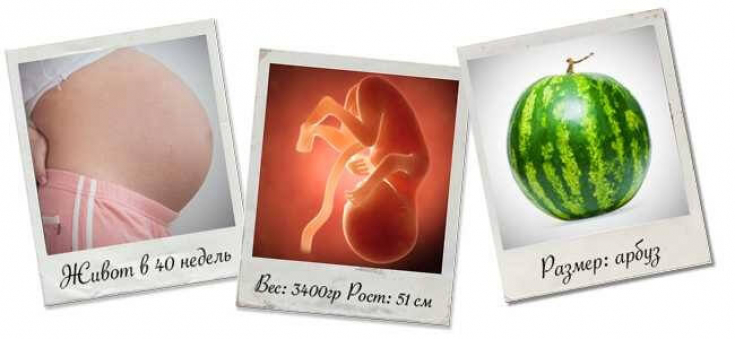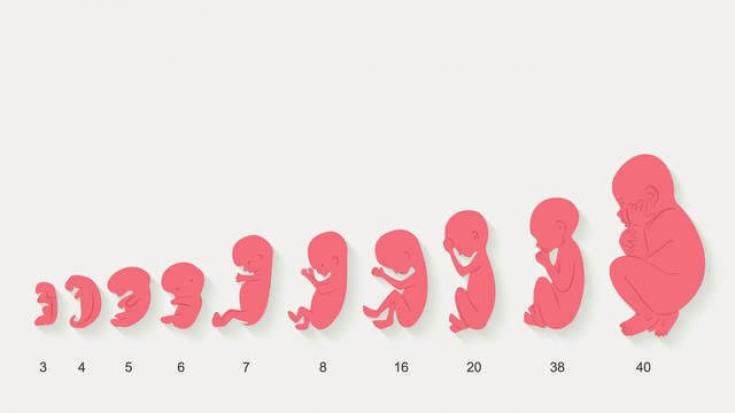Humans are funny mammals. On top of everything else, we walk strangely (on two legs) and have curiously large brains. We give birth to large children with active and highly developed brains, but with poorly developed bodies.
Virtually all women experience pain in childbirth, and childbirth takes much longer than other mammals. For example, in a 1999 New Mexico State University study by Leah Albers of 2,500 full-term babies, primiparous mothers labored on average for almost nine hours. By comparison, monkeys usually give birth within two hours.
Read this article on estet-portal.com in this article.
- Helpless by nature: so much pain in childbirth for nothing
- The essence of the obstetric dilemma: how the brain and upright posture are connected
- Energy Hypothesis: why human birth – it's a pain Helpless by nature: so much pain in childbirth for nothing Human newborns are unique among mammals in that immediately after birth they are completely helpless physically, but their brain is much more active than other mammalian brains.
Thus, compared to animals, human babies are born at an earlier stage of development, before their bodies are sufficiently developed to start walking.
Medicated treatment of postpartum haemorrhage
because our extraordinarily large brain and our peculiar bipedal mode of locomotion
make contradictory demands. This explanation is called the obstetrical dilemma.
The essence of the obstetric dilemma: how the brain and upright posture are connected According to the obstetrical hypothesis, we need a wide pelvis to have children with big brains,
but narrowto
effectively walkor run. The compromise between these opposing needs is to bear the child for as long as possible. This will allow the brain to develop, but the head must be able to pass through the birth canal. Critical periods in a woman's life: postpartum and menopause However, studies show that walking problems are just as common in women with wider pelvises as in women with narrower pelvises. And children in women with a narrow pelvis are not born at an earlier rock than in women with a wide one. Therefore, the obstetric theory is shattered by this evidence. Energy Hypothesis: why the birth – it hurts
The second hypothesis explaining the pain of childbirth is called energetic. After all, the main task of the mother is to provide the metabolic needs of the growing child. It is believed that childbirth occurs when the fetus begins to starve.
If earlier, probably, human childbirth was fairly painless, then evolution has not played in our favor. The conditions of life and nutrition have improved, and the fetus was able to stay in the womb for a longer time without experiencing energy deficiency.
And naturally the question arises why the female pelvis does not expand to facilitate childbirth. Because the best – the enemy of the good.
One time caesarean section – always caesarean section: is it true?

Telegram!
Evolutionary adaptation doesn't have to be perfect, good enough.
Perhaps the female pelvis has adapted to the size of the human fetal brain, which has also increased over the course of evolution. Or perhaps simple economy keeps the pelvis close to the brain size of a newborn. More useful and interesting information on our channel on YouTube
:







Add a comment